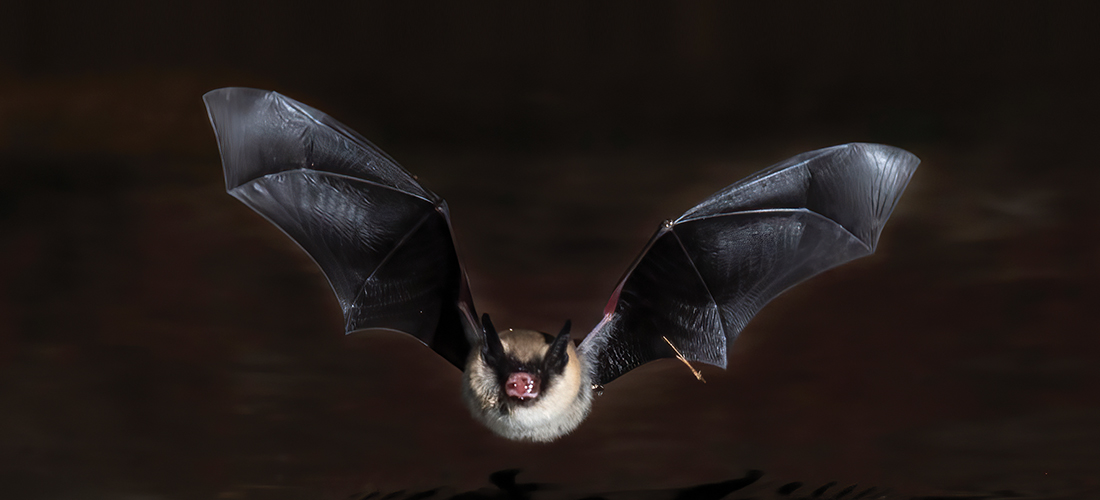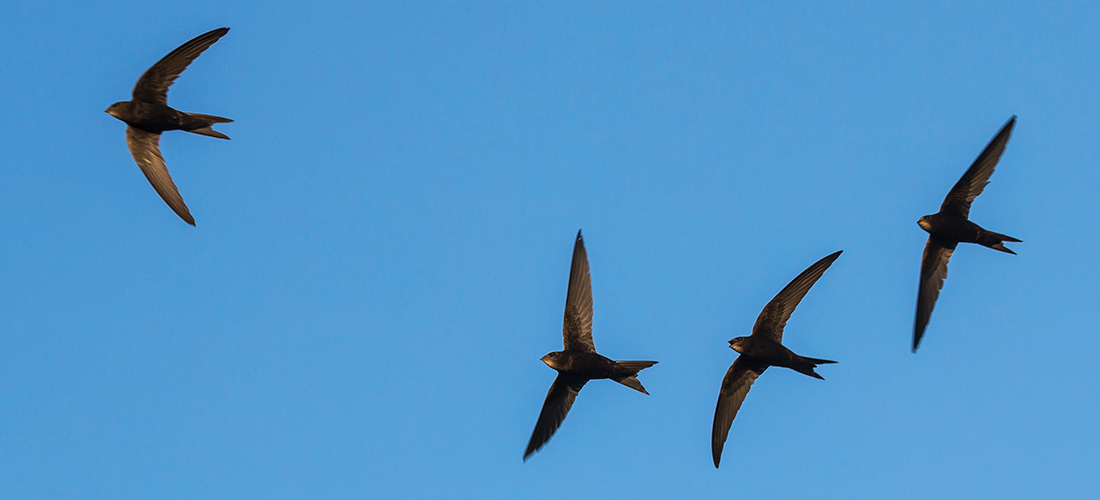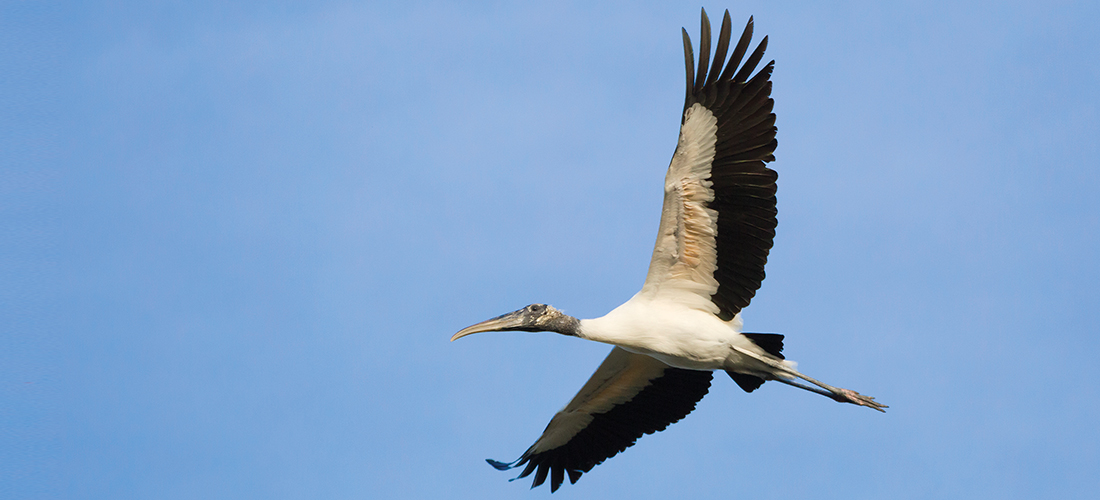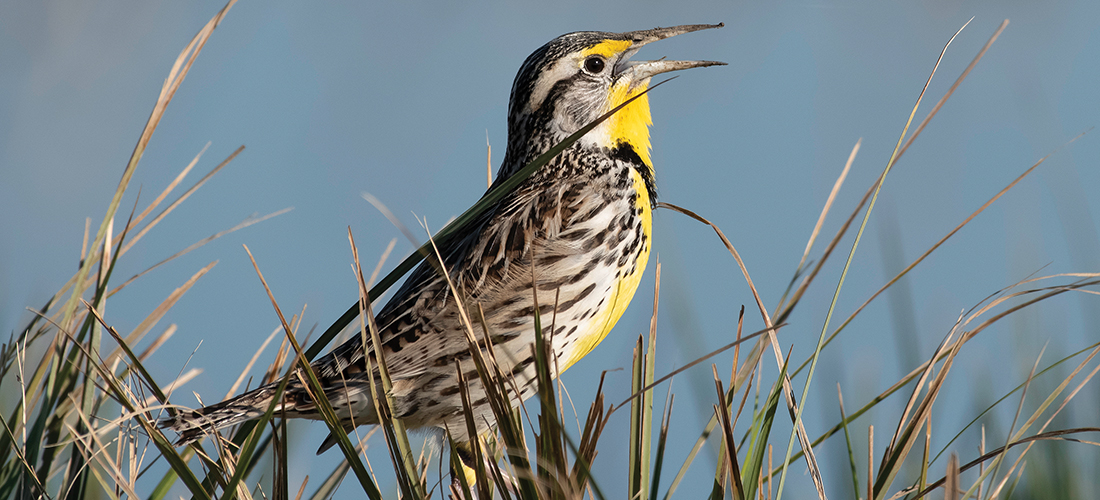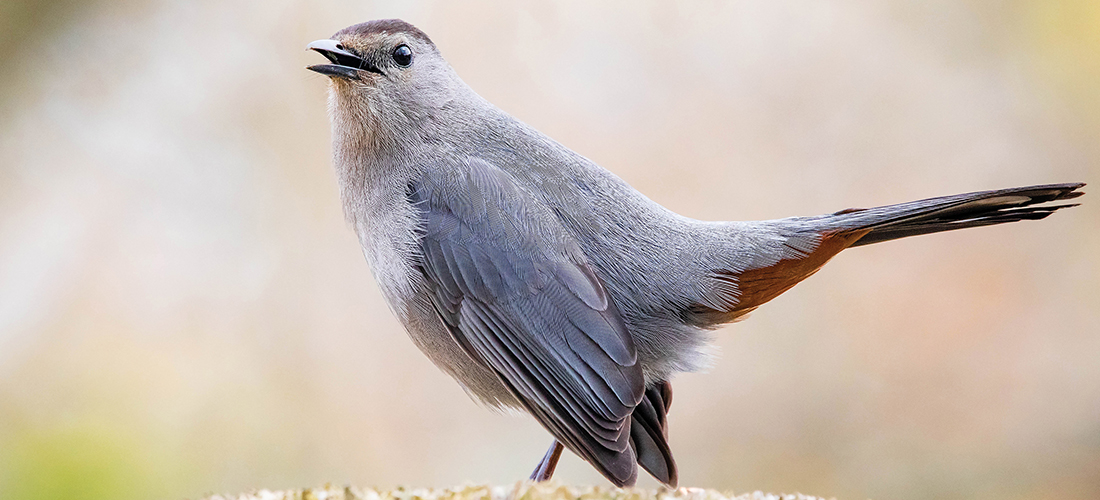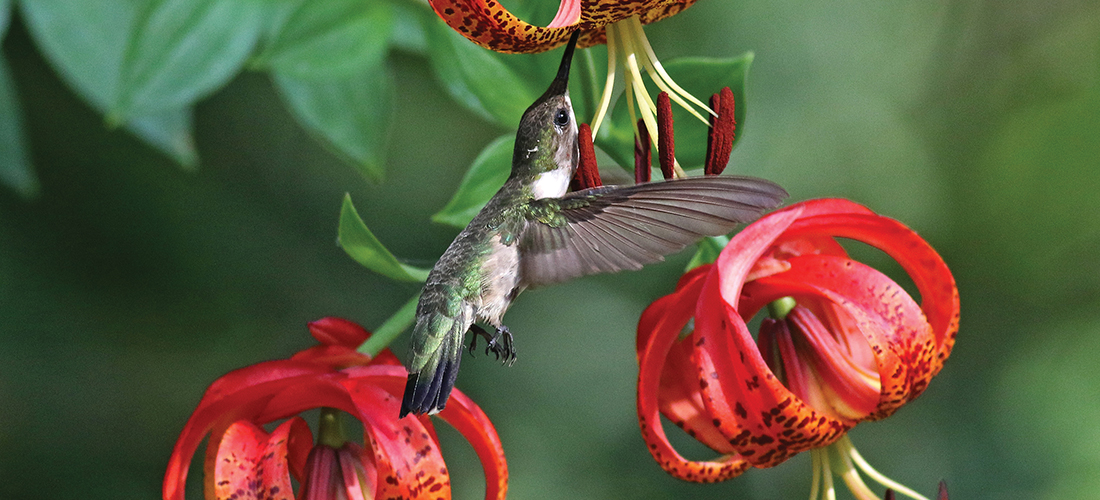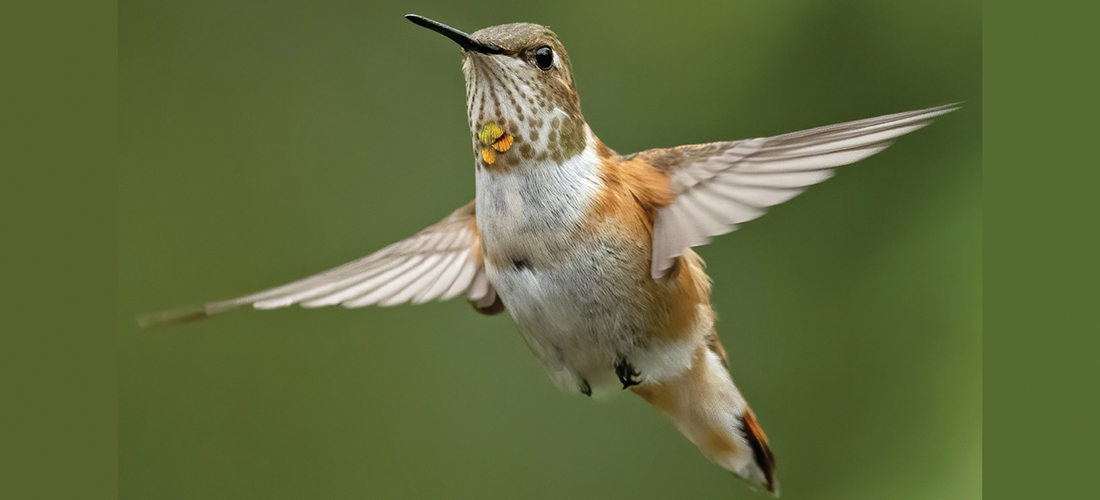Turkey Time
A surprisingly wily wild bird
By Susan Campbell
Shorter days and cooler nights have many of us thinking about the holiday season. Thanksgiving is not that far off — and that means turkey. Most of us look forward to feasting on the tender meat of this domesticated, large member of the fowl family. But its wild ancestors are a far cry from the bird we prepare on the fourth Thursday of November each year.
Anyone who has had the opportunity to taste a “real” turkey will tell you that there is no comparison. But hunters who pursue the wild birds are far more often skunked than successful. Turkeys seem to have a sixth sense when being called or decoyed in. Fooling one of these birds to get it within range is one of the biggest challenges bird hunters (or photographers, for that matter) face.
The wild turkey was very nearly our national bird. It is, in fact, the only bird species native to the United States. Benjamin Franklin nominated the turkey for this honor but it lost in Congress, by only one vote, to the bald eagle back in the late 18th century.
Although the cultivated variety is completely white, skittish and not very bright, forest-dwelling turkeys are glossy black, wary and rather agile for a bird with a wingspan of over 5 feet. They are typically found in mature forests with clearings but take advantage of open fields as well. Turkeys forage on a variety of food, including insects, small berries, seeds and buds. Interestingly, one of their favorite fall foods, acorns, are often abundant in our part of the state.
Individuals are well known to associate in large flocks of 50 or more birds. In the early spring, older males will attract and attend to and defend a flock of several females. At this time, they can be heard gobbling and strutting in their characteristic puffed-up posture. Only during the early part of the breeding season, in April and May, are the birds solitary. Once the chicks hatch and reach about 4 weeks of age, hens will gather together with their young and form new aggregations.
In the early 1970s, there weren’t many more than a million turkeys on the landscape. Persecution and habitat alteration had resulted in dramatic reduction in the population. Now, throughout not only the United States but parts of southern Canada and northern Mexico, there are seven times that many.
Here in the Old North State, turkeys can be found in almost every county. In recent years, both the Triad and Triangle have experienced an influx from the Uwharrie Mountains in the west as well as from the inner Coastal Plain to the east. It is not surprising that these big birds show up to take advantage of seed around bird feeders and forage in grassy vegetation along our roadways, as well as looking for tender vegetation and insects in agricultural fields across the area. So, keep your eyes peeled — you, too, may spot one, or more, of these majestic birds here in central North Carolina. PS
Susan Campbell would love to receive your wildlife sightings and photos. She can be contacted at susan@ncaves.com.

